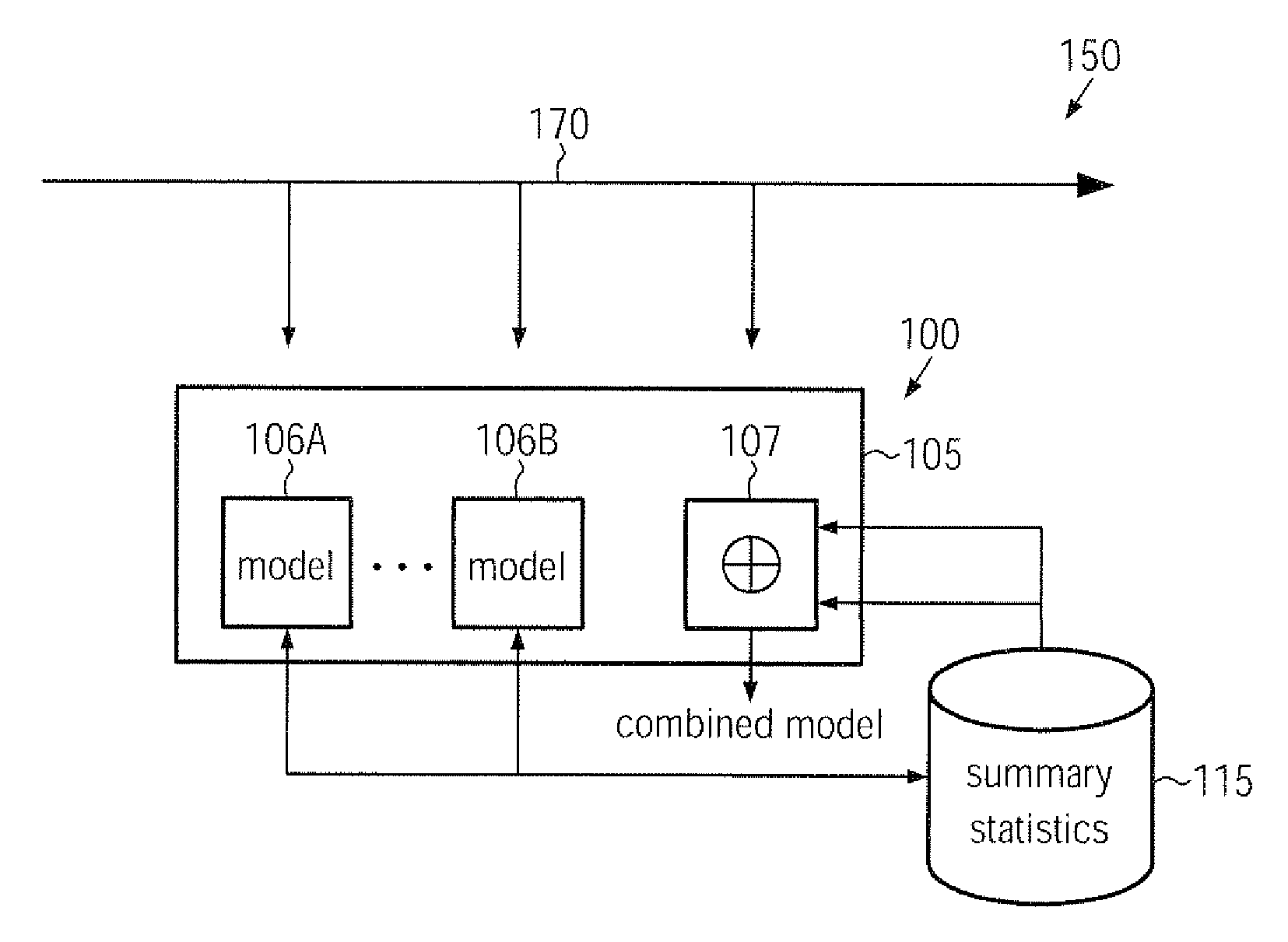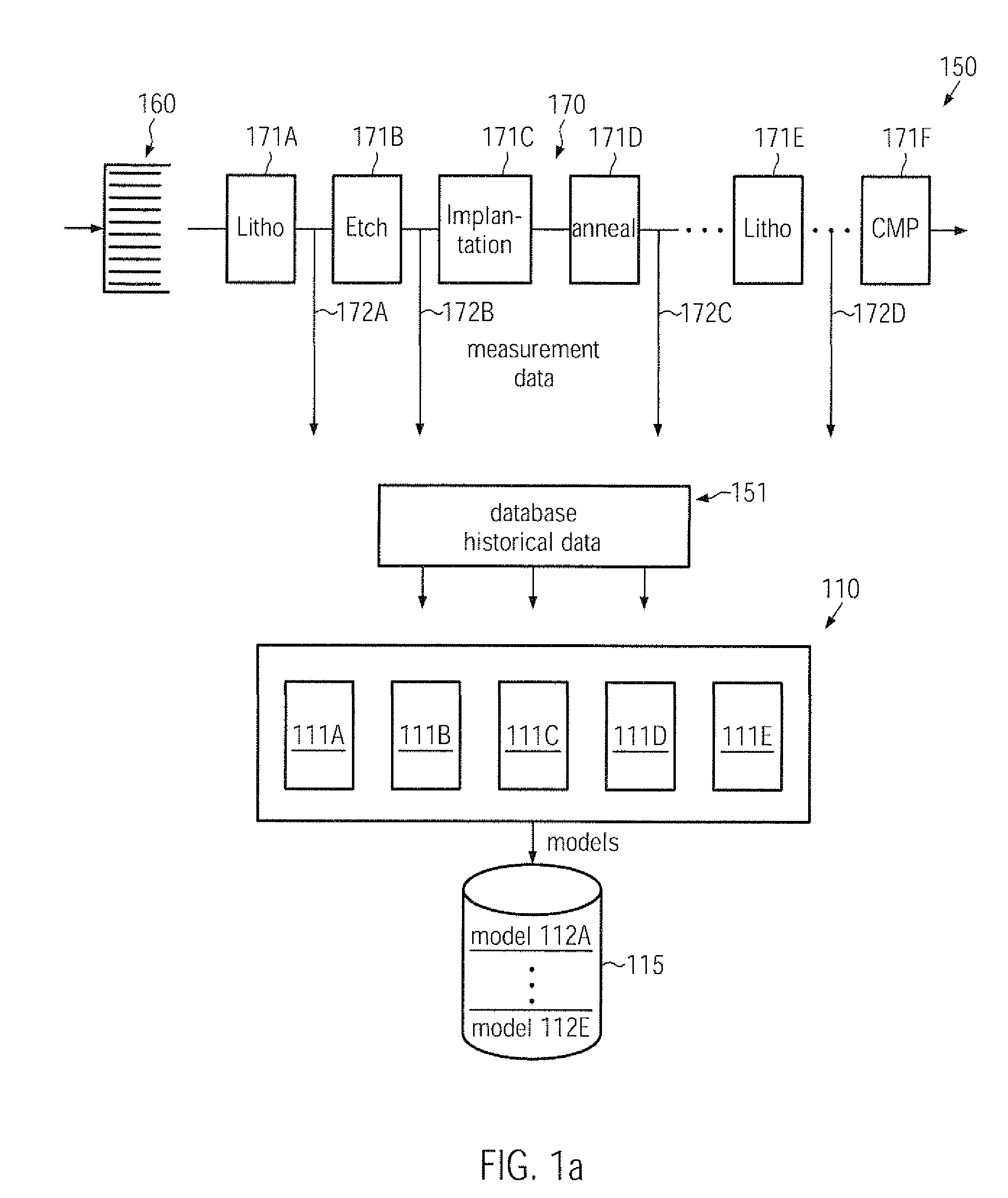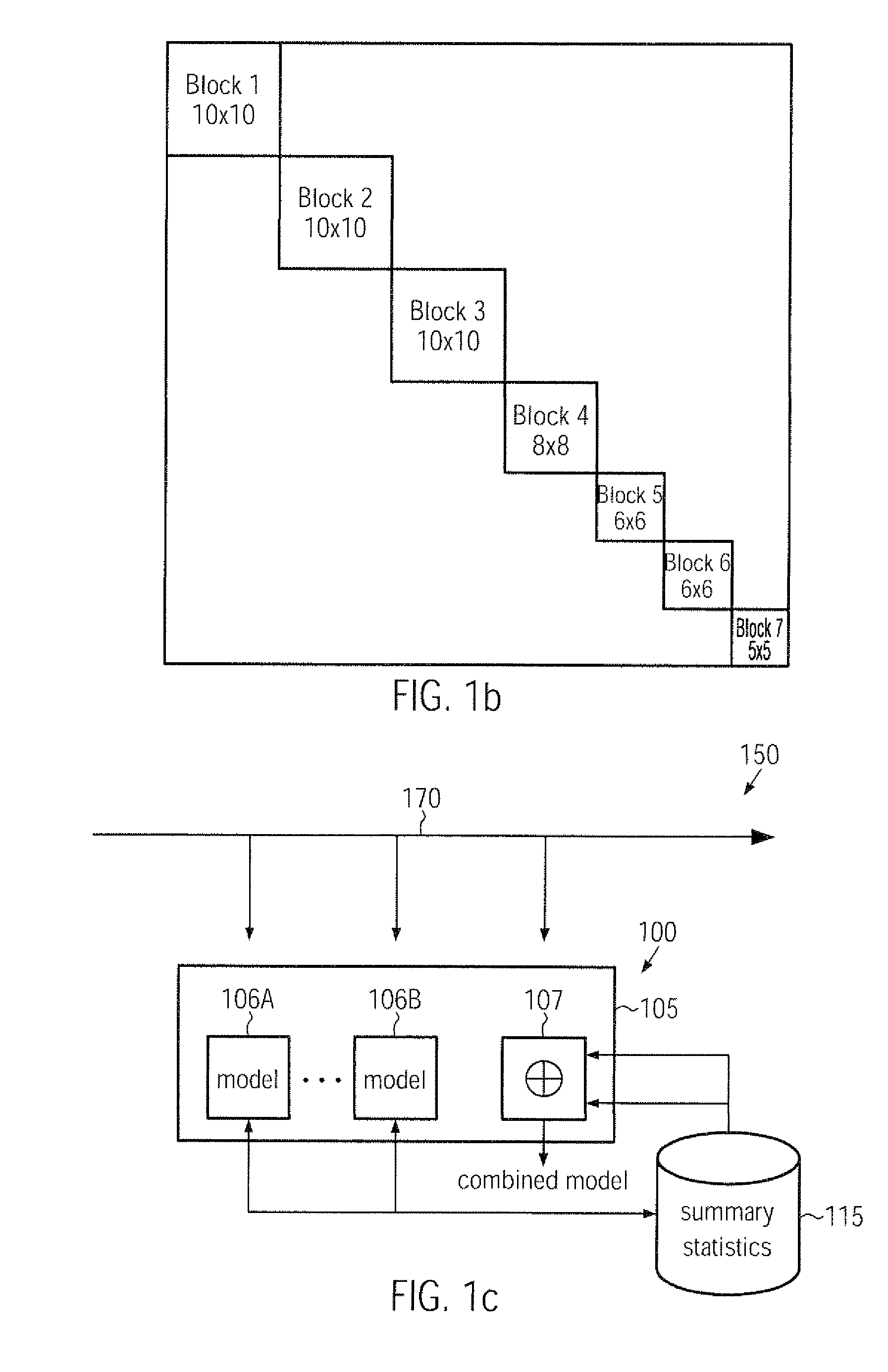The latter aspect is especially important since, in modern semiconductor facilities, equipment is required which is extremely cost-intensive and represents the dominant part of the total production costs.
This problem is even exacerbated in that the size of substrates, on which a plurality of such integrated circuits are processed, steadily increases, so that failure in a
single process step may possibly entail the loss of a large number of products.
A corresponding
process control, however, is not practical since measuring the effects of certain processes may require relatively long measurement times, frequently ex-situ, or may even necessitate the destruction of the sample.
Moreover, immense effort, in terms of time and equipment, would have to be made on the
metrology side to provide the required measurement results.
Furthermore, many of the complex mutual dependencies of the various processes are typically not known, so that a priority determination of respective process specifications may be difficult.
Nevertheless, in total, a large number of dummy substrates or
pilot substrates may be necessary to adjust process parameters of respective process tools, wherein tolerable parameter drifts during the process have to be taken into consideration when designing a process sequence, since such parameter drifts may remain undetected over a long time period or may not efficiently be compensated for by SPC techniques.
Even though APC strategies may contribute significantly to yield improvement and / or enhanced device performance and / or a reduction of production costs, nevertheless, a statistical probability exists that even process results obtained by using an APC technique may be outside of predefined value ranges, thereby resulting in yield loss.
In high-volume production lines, even short delays between the occurrence of an out-of-control situation, indicating for instance an equipment failure, and its detection may therefore lead to substantial monetary losses.
As previously explained, several hundred process steps may typically be required for completing sophisticated integrated circuits, wherein each of these steps has to be maintained within specified process margins, wherein, however, the mutual interaction of the highly complex manufacturing processes on the finally obtained
electrical performance of the completed device may not be known.
Consequently, even a deviation of the plurality of processes within the specified process windows may result in a significant variation of the finally obtained process result.
Although the respective measurement steps may be restricted to a defined number of samples, the continuously increasing complexity of the overall manufacturing process may require the monitoring of a large number of process parameters, such as layer thicknesses of critical process
layers, such as the
gate dielectric material and the like, critical dimensions of certain circuit components, such as gate electrodes,
doping levels, strain levels, sheet resistivity and the like, wherein many of these process parameters may have to be monitored for a plurality of different device levels, for instance for a plurality of metallization levels and the like.
Consequently, it may be extremely difficult to reliably evaluate the quality of a production process, since taking into consideration only a restricted number of process parameters may result in a less meaningful
estimation since the mutual interactions of the various process steps may not be known in advance, while monitoring a high number of process parameters may involve complex
data processing algorithms so as to detect relevant parameters and their deviation from target values on the basis of very large data sets.
Although the PCA
algorithm provides a powerful tool for detecting faults during the production of semiconductor devices, the number of parameters to be monitored may steadily increase due to the increasing complexity of the overall manufacturing flow, as previously explained.
The increase in model size, however, results in an increase of time and
computer memory required to build and update the PCA models.
Consequently, due to the increased number of process steps involved and the increased complexity of the semiconductor equipment, as well as the finally obtained products, an increasing number of parameters has to be monitored, thereby also contributing to an even greater increase of the corresponding PCA models.
Due to the
limited resources with respect to storage space and computational power, the creation and updating of PCA models may thus require extremely large resources, thereby rendering the entire PCA strategy for fault detection and classification less attractive.
The KNN model sizes are generally smaller than the respective PCA models but are computationally more demanding and thus require increased computational resources.
Furthermore, the results of KNN fault detection mechanisms are often considerably different compared to the results obtained by PCA, and the interpretation of KNN results is less comprehensive compared to the PCA results.
On the other hand, OMA has the
advantage of being computationally efficient and thus inexpensive while, however, the fault detection method may not be as robust compared to PCA mechanisms.
A correlation between at least some of the measured parameters is common in semiconductor manufacturing processes and this is the reason why the OMA method may create many “false alarms.”
 Login to View More
Login to View More  Login to View More
Login to View More 


